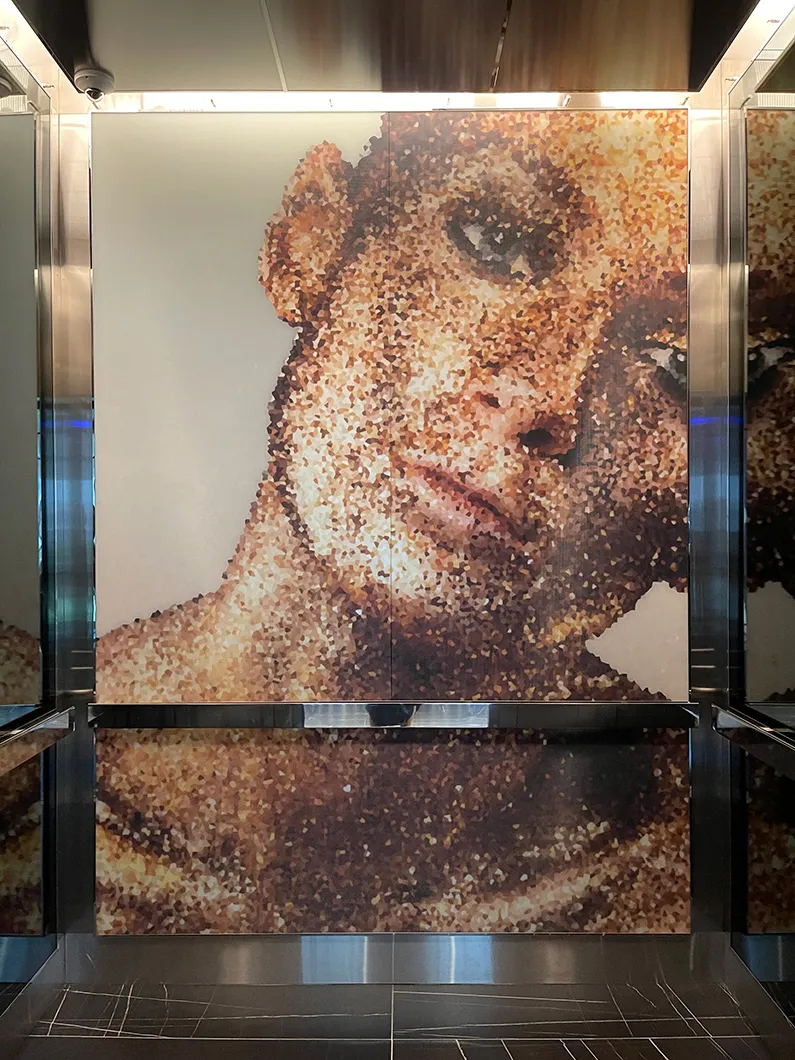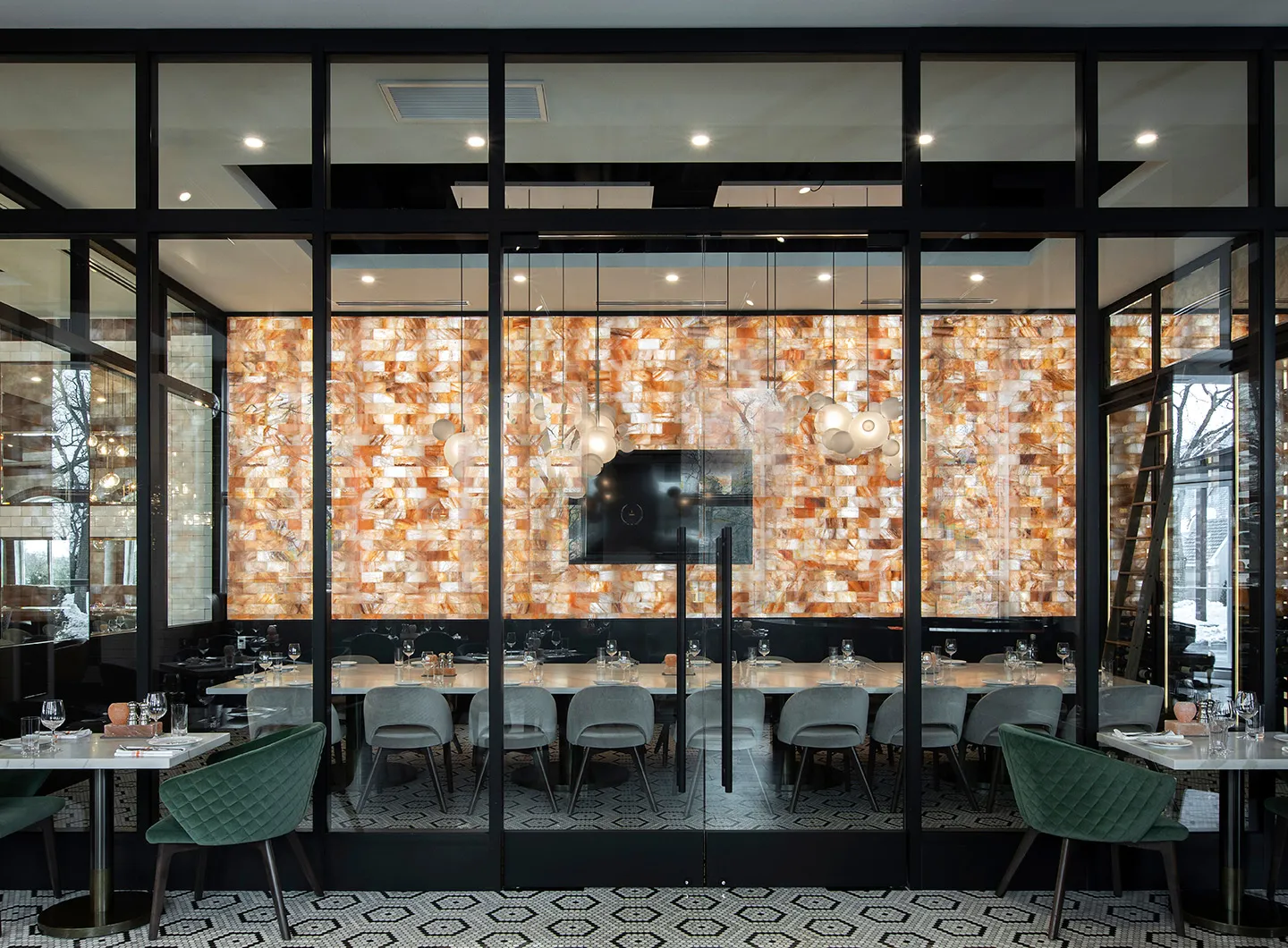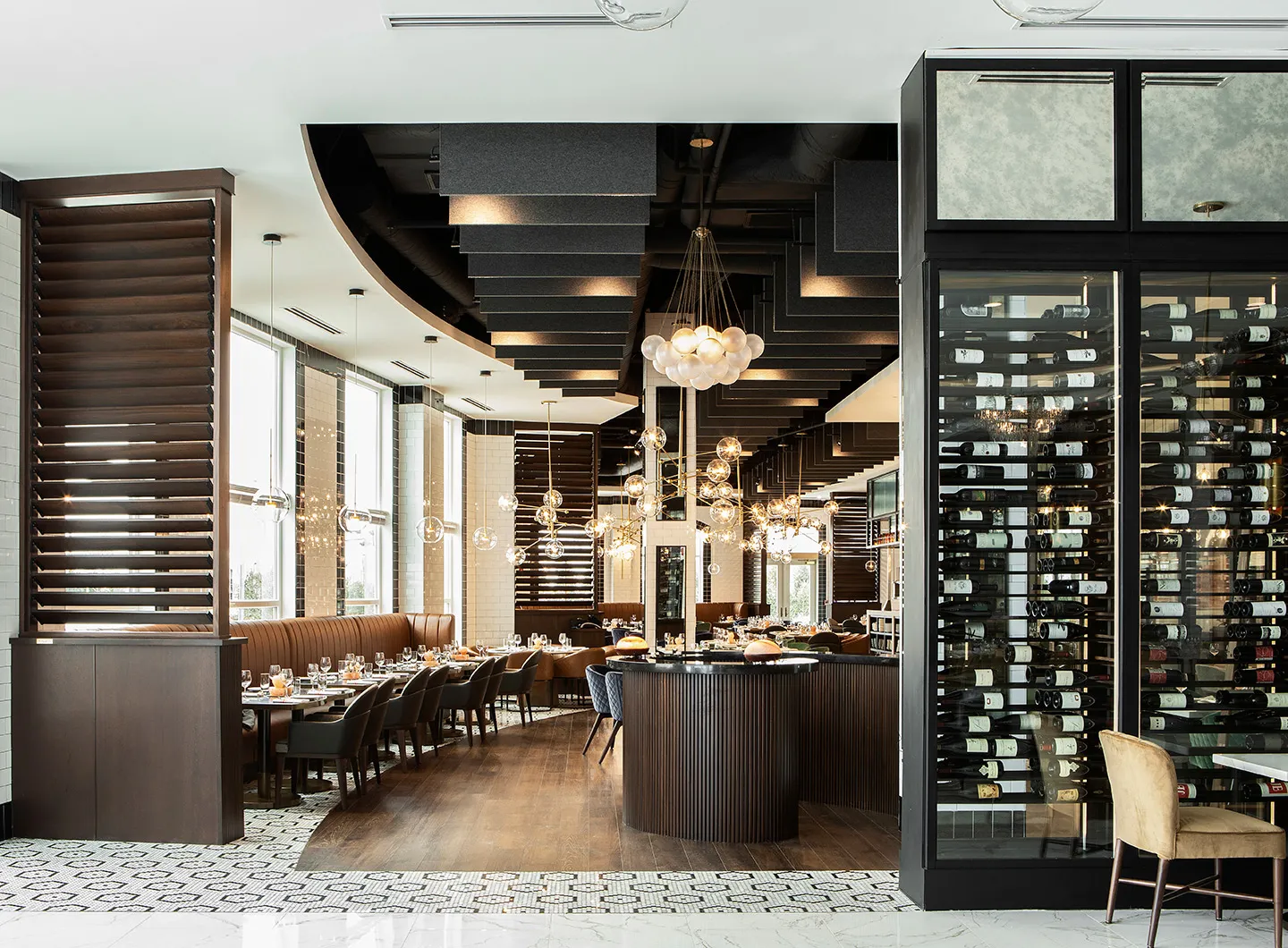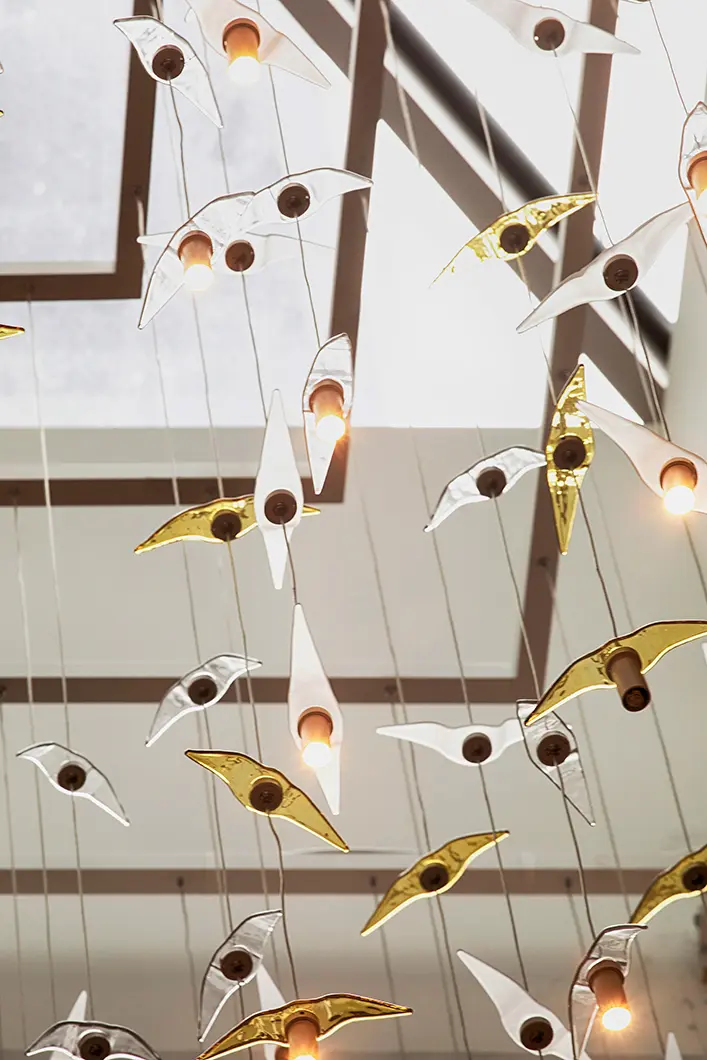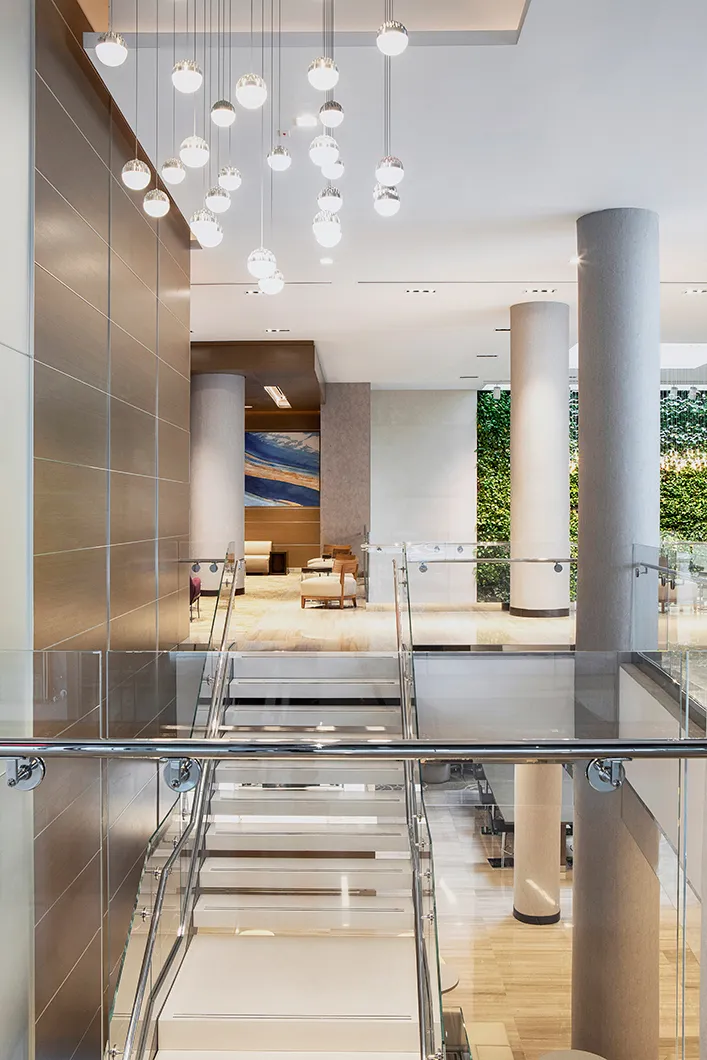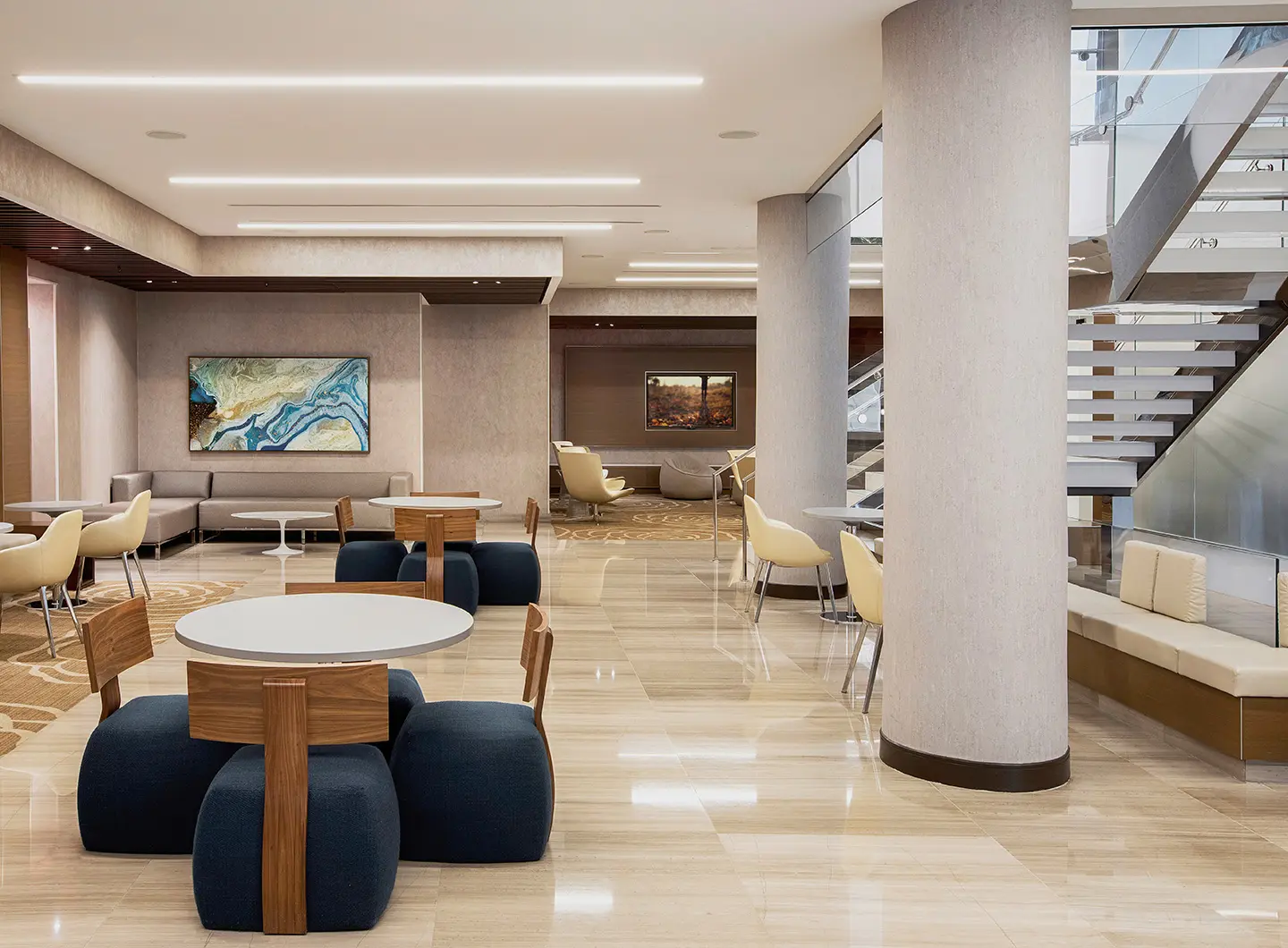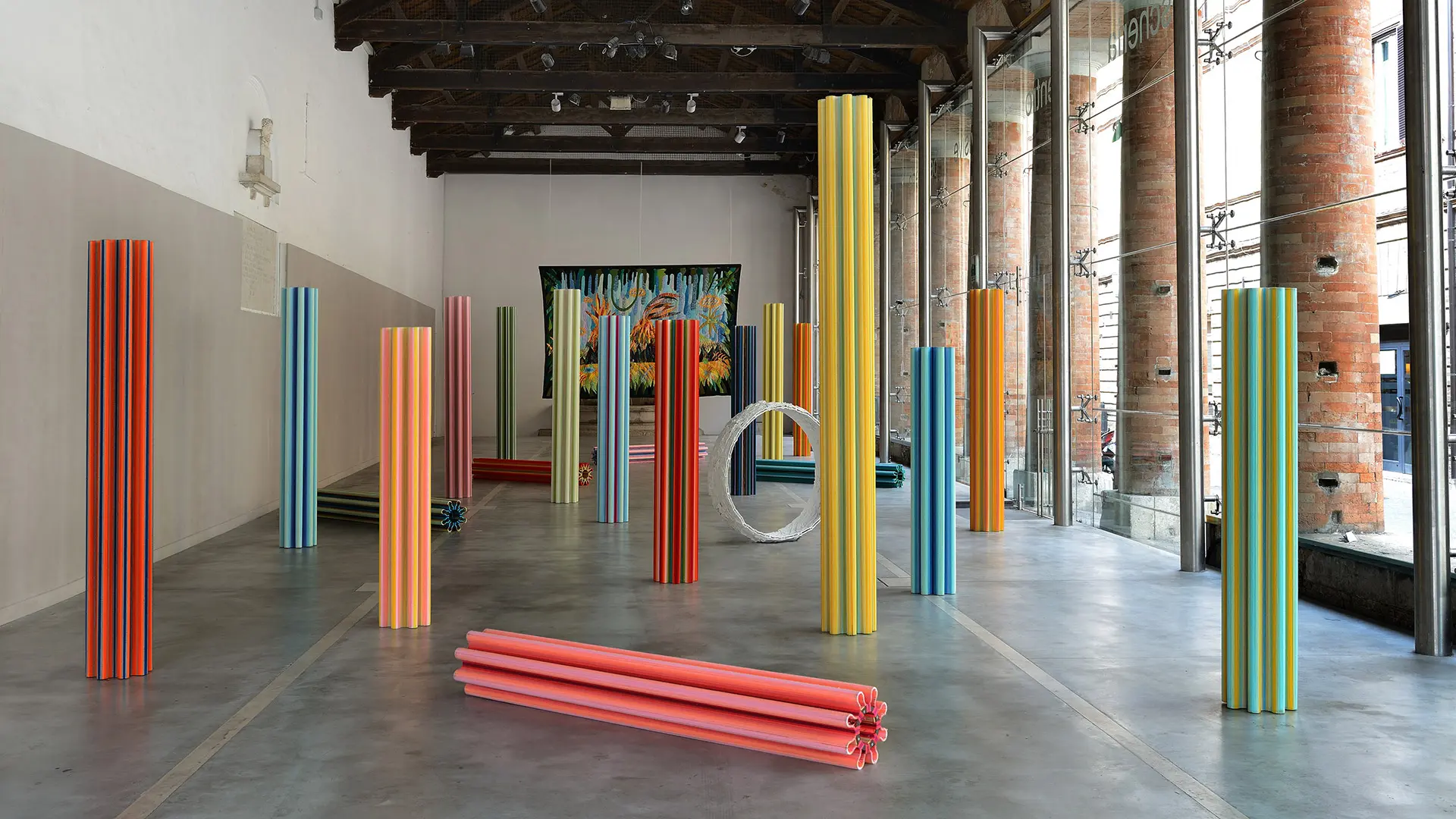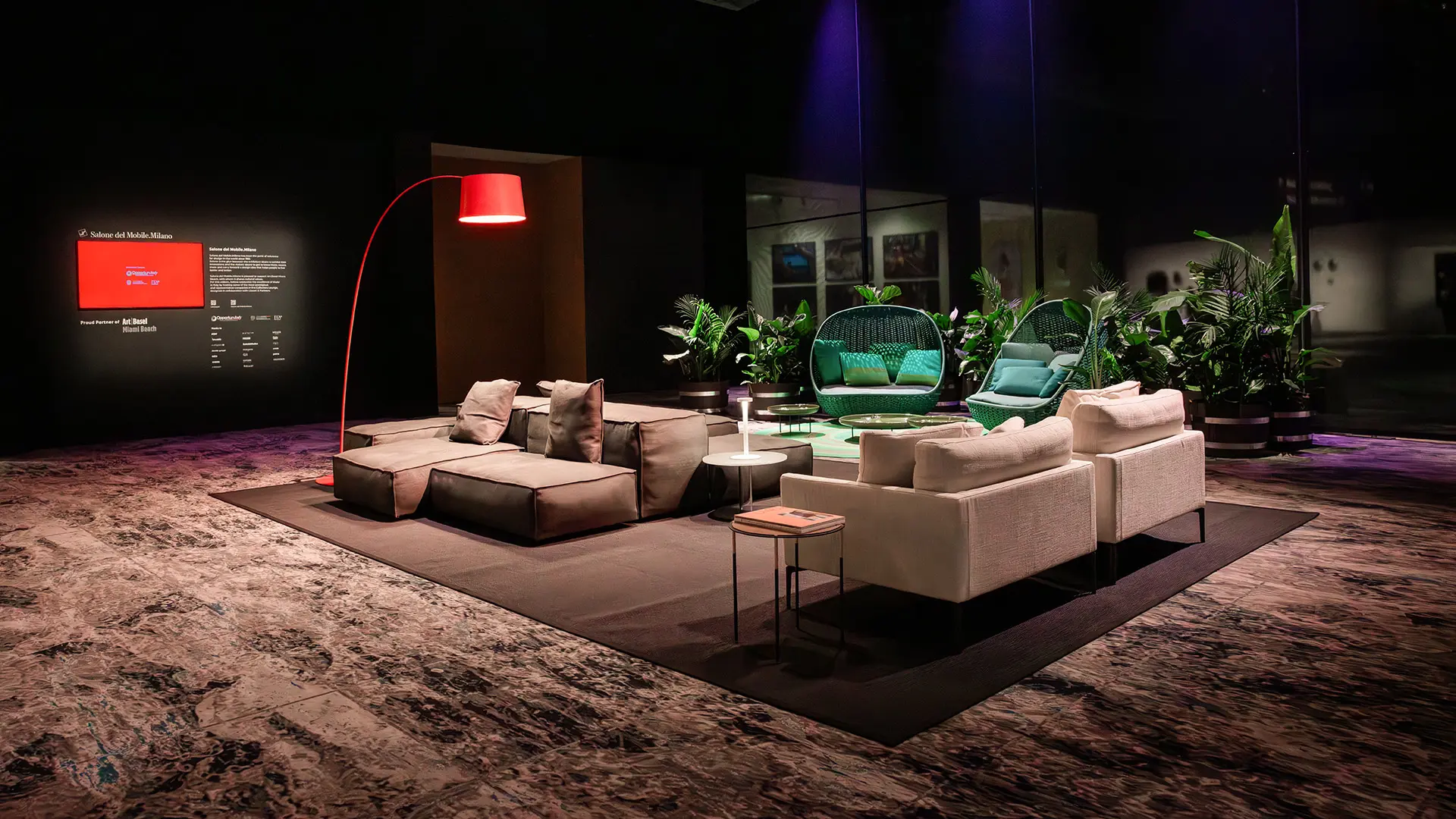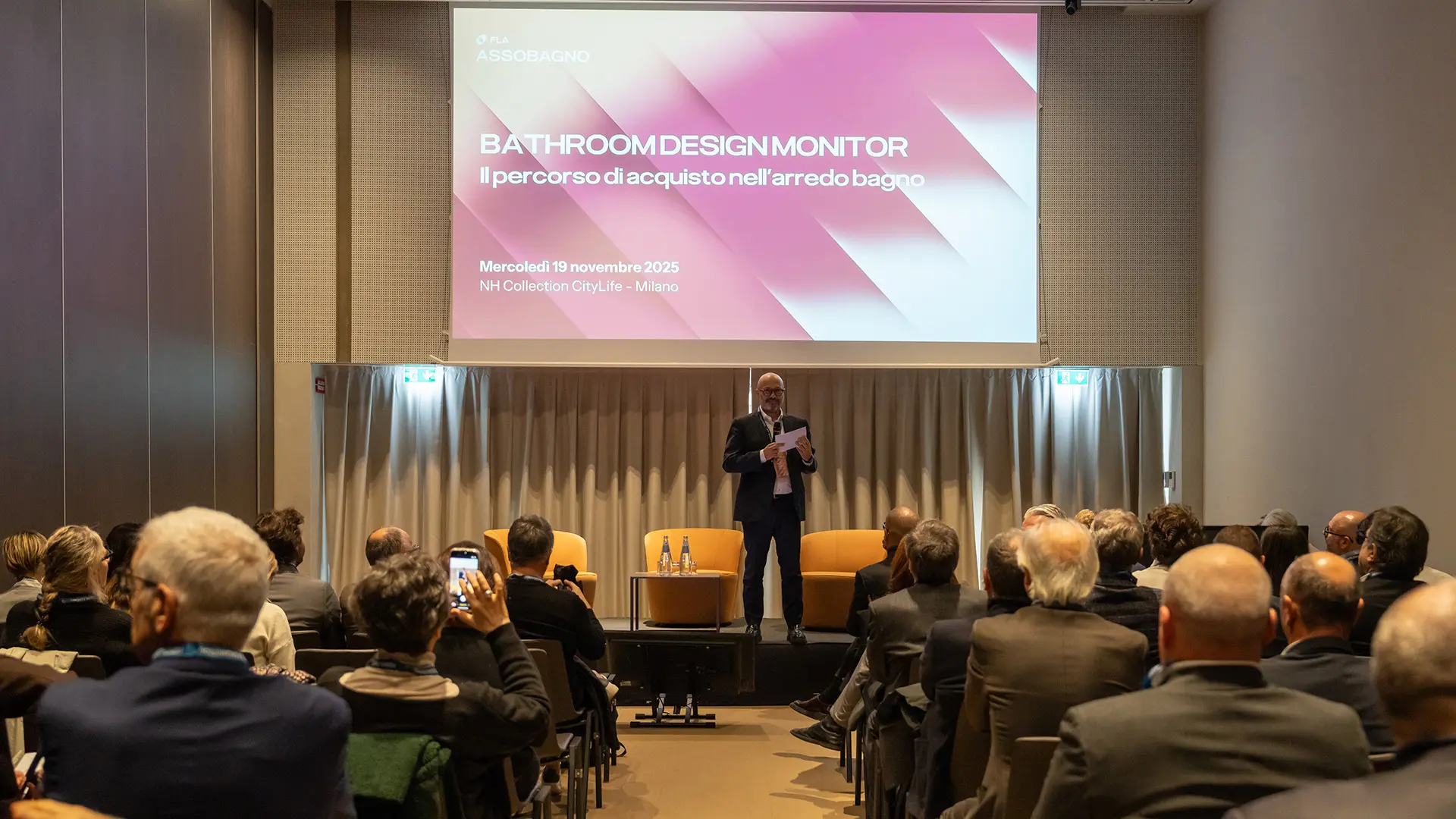They are all Italian and all in some way draw on the theme of memory. This is true even when they deal with current sporting events associated with the imminent inauguration of the Winter Olympics. There are ten of them and for the most part they are held in the most reserved cultural circuits, outside the mainstream. It’s even better when they’re out of town, bringing historic residences to life with gleams and flashes of good design
Genius loci, nature and storytelling are the ingredients of hospitality as designed by Andres Escobar
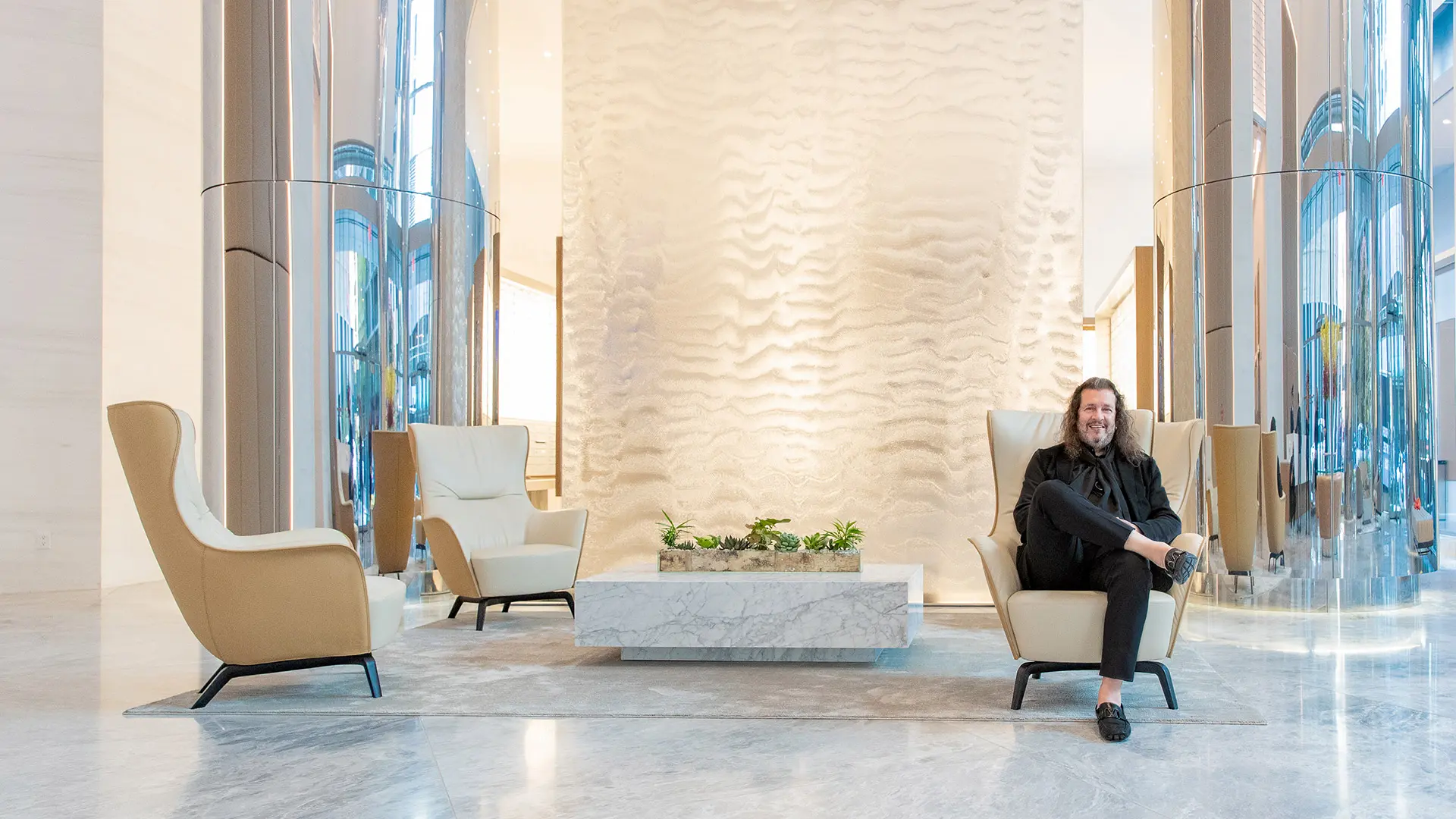
Portrait, Photo courtesy Lemay+ Escobar
Andres Escobar discusses the history and culture of cities through the emotional spaces of his hotels, places of socialisation that make one feel “at home” but also give off special vibes
Columbian by birth – he was born in Medellin – and Canadian by adoption – he’s lived in Montreal for over thirty years, and a New Yorker by calling – the Big Apple is one of the cities he works in most frequently. Not to mention a (barely disguised) love of Europe. That’s a brief snapshot of the multidimensional character of Andres Escobar, partner and design principal at Lemay + Escobar. Effervescent and imaginative, always attuned to the genius loci of wherever he’s working, as well as to details and finishes, his work stands out for its harmonious balance of past and present, which he puts down to his childhood influences – his father, a mathematician, loved the buildings in cities like Paris; his mother, a creative spirit, was passionate about art and modern furnishing. He’s always travelled for work, in the firm belief that life doesn’t just stop when we are travelling, and that the same goes for architecture and design, which have the tremendous ability to transform everything. Quite literally. This is why he loves hotels. Loves them to such an extent that he has lived in them at certain stages of his life, in New York, and so much that he designs new ones the minute he gets the chance. His approach is holistic, always with an appreciation for the landscape, for example - in fact he tries to cross that thin line between inside and out. Respecting the history and the nature of the site on which he’s working. Lingering over the halls, the entrances and the atriums which, as he puts it, mark out the rhythm, the step and therefore the look of what follows on. They are what will remain in the minds of visitors longest (along with the terraces, he admits). This calls for simplicity as well as care. He sees their future as public art galleries. In this interview he talks to us about the future and hospitality post-Covid.
Architecture and design flesh out the ambitions underlying a project and feed the imagination with the notion that there’s a hotel behind them. However, in this triangulation we should not forget the important - if not fundamental - role played by the reference market of a project, and which the final design carries within it in a certain sense. As architects and designers, our role is precisely to build a narrative around the developer’s initial vision and certainly to do it with an individual touch, whether that’s by means of a creative accent or simply through a certain methodology, particular to everyone’s own work.
In any case, whether it’s an independent hotel or a chain, design has the complex and crucial task of attracting a specific group of people by creating a space that reflects the interests and the desires of that particular group.
I think the new hotels will have to respond to the need for health and safety of the Covid era, and we architects and designers should certainly point the client in the right direction so that these new standards can be achieved. There are so many factors to consider, such as for example, the possibility of online check-in allowing direct access to rooms, which would also entail reformulating guests’ experience of arriving at hospitality facilities. Another as to do with creating environments in which the air is as pure and filtered as possible, an aspect that we’re focusing on now far more than in the past. Many hotels are acquiring highly technological air filtration systems, for example. In any case, it’s good to be able to provide real balconies, even small ones – such as the so-called Juliet balconies, for example - that allow natural air in from outside.
Storytelling is at the heart of every design project and that’s even more true of the hospitality sector. In NYC inspiration comes from every angle, the city is an infinite source of triggers, stories and images. Each area expresses its own aesthetic, has its own history and culture and all these ‘atmospheric’ elements can certainly influence and interact with the final design of a project. These triggers, for me, are so powerful that, even if they’re intangible or not particularly obvious, they spur me to find out what had previously occupied that particular space and how it contributed to the district, and how part of that story can still be told.
Right now, we’re working on the new Indigo project, a boutique hotel near Wall Street. In this project we drew on the Art Deco elements of the district and the building in which the hotel is located. In the case of Courtyard by Marriott, on the other hand, a project in the new Hudson Yards district conceived for a wider audience, we created a more “worldly” design, glossier and more contemporary, generally more appealing to the public at large, for people who go to shows and fairs in the nearby exhibition centre, the sort of clients who use the space swiftly and functionally. However, the opposite can also happen – conceiving a project that is unconstrained by the past of the area in which it’s located, and which makes guests feel as though they are pioneers in a new story. This was the case with the Jade Hotel in Greenwich Village, an edifice built from scratch, in which we used noble materials such as marble and Art Deco features such as small canopies and little cupolas to recreate a link to the past, in a bid to give it the appeal of a place of worship, an institution, in which the residents could feel as if they were part of a story.
Obviously I was pleased, and I couldn’t wait to get going on the design. I love New York and its unstoppability. The moment I’m given the exact location for a project, my mind fires up the creative process; if I can, I go straight off to visit the area, I look at what’s been built recently in order to “educate myself” about the district and get input from the area that will surround the project. I have to admit that I have a weakness for hotels; and it’s not just to do with work. Aside from having travelled a great deal over the last few years and stayed in fabulous hotels all over the world, I actually decided to live in hotels around ten years ago. I did it for around six months, more than twenty years ago, when I started up my own business in NYC (it was a good solution at the time and allowed me to devote all my energies to the new business). I think that’s helped me acquire an almost holistic understanding of the hotel world, and to find out what excites guests and how to transpose the elements of luxury hotels I’m most attached to into current projects with a fresh and contemporary touch.
As regards sleep, we keep a close eye on the entire bedding sector, from the choice of mattresses to the sheets and comforters. Often, for example, we decide not to overload the rooms with pillows, so that they don’t end up on the floor and send the wrong signal – lack of cleanliness. There are so many details that can confer a feeling of cleanliness when it comes to sleeping, using two layers of sheets for example, so there’s no contact with the comforter, and everything has to be thought out, just like design, and applied with a rigorous methodology.
The outdoor environment is also really important when designing hotels, and as I’ve already said, being able to add balconies to hotel rooms is undoubtedly a great resource, and it changes the hospitality experience, especially when one is staying in a hotel for a longer period. It’s something that’s not very common these days, but that I think hoteliers should adopt.
Rather than Columbian influences, it was my family’s influences that played a key role in my education and in my style. My father was a great traveller, a mathematician who had trained in Paris; thanks to him I was able to go to places I’d dreamt about visiting, Europe in particular. Even as a child, my horizons were wide, everything I saw made me wonder why it was made that particular way and explore the different styles of all the cities. My mother, on the other hand, was passionate about furnishing and, even though it wasn’t a real job, she did it with huge dedication; she had a talent all her own, she managed to put two or three furniture styles together in the same room and make it all look elegant and composed despite the fact that none of it was really coordinated. When I was little, I used to criticize this about her, but in the end I took it on board and integrated it into my own vision as a designer. I liked her ability to create a drawing room with “dedicated” corners, for chatting or playing cards and even now, in my hospitality projects, I often find myself designing a lobby and incorporating a bar, to create intersections, unexpected spaces for socializing, a feeling of home, yet with a special and eclectic vibe.
I have been, and I love both the city and the Salone. Milan, with its stunning hotels (Bulgari first and foremost) and its fashion and elegance helped me understand the world of hospitality. I remember that one year, I had to stay in Milan for over a week because of the knock-on effects of the ash generated by the Icelandic volcano, even though it wasn’t part of my plans, and it was one of the most enjoyable stays of my life.


 Stories
Stories
